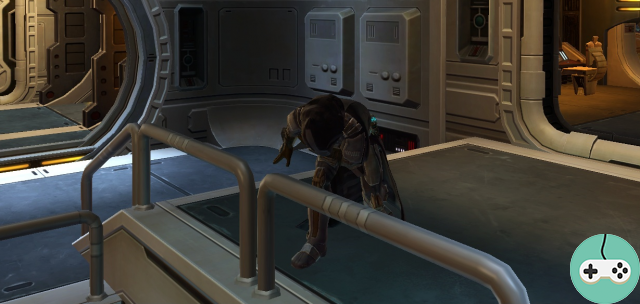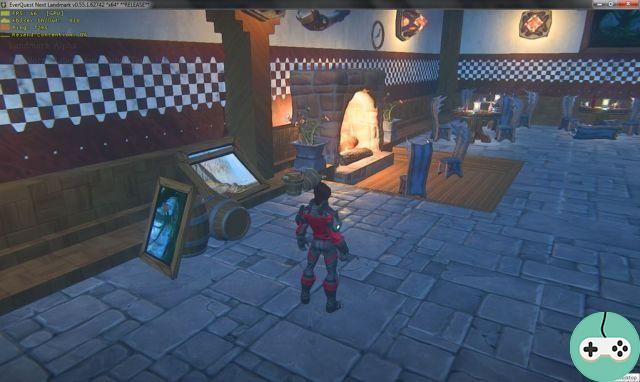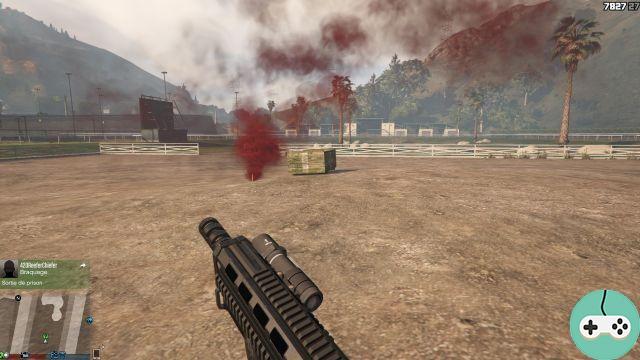
A better Earth

By 2516, the United Nations of Earth (UNE) had already colonized twelve systems. As jump points and relay beacons greatly shortened travel time to edge systems, Earth was starting to seem far away.
Wei-Yin Song, one of the leaders of the UNE Eastern States Expansion Project, made a discovery in one of the new systems and wrote a report with some rather interesting ideas.
To: Haut Conseil des UNE
Cc: General Kelso Trask, Senator Patricia Oat
Re: Future systems
Ladies and gentlemen,
As you know, my current task is to discover and classify new systems for the purpose of future terraforming and exploration. The latest system (342A) discovered by my team is located in a place that cannot be described only as convergent, a nexus. We have already listed four jump points in addition to our end point and a possible fifth is under investigation.
I have attached a system map where you will find the unscan areas and the jump points discovered and listed. One of the planets (342A.03M) is a Super-Earth. Our scans and exploration reports confirmed the presence of an oxygen-based atmosphere, local flora, vast oceans and temperate climates. One of our teams exploring remote lands in the southern hemisphere discovered the remains of a rock formation that had been disposed of on purpose, but nothing indicates the presence of an intelligent life form to date.
In summary, I would like to propose the implantation on 342A.03M of an advanced terraforming and exploration post for neighboring systems. Team members named this planet Terra to honor its similarities to our Earth.
All our data and findings are present in this Collis-Comm. I invite you to watch them for yourself.
Sincerely,
Wei-Yin Song
Chief Surveyor / Engineer
UNE EEP project
The UNE congress approved the plan to centralize the Eastern States base of operations on Terra. Over the years, cities developed and a new culture appeared.


























